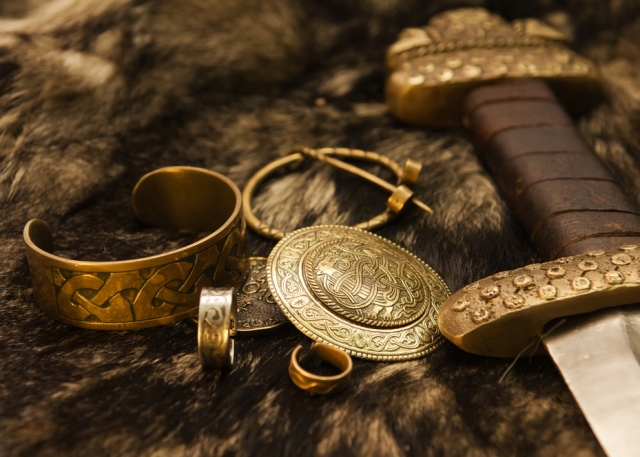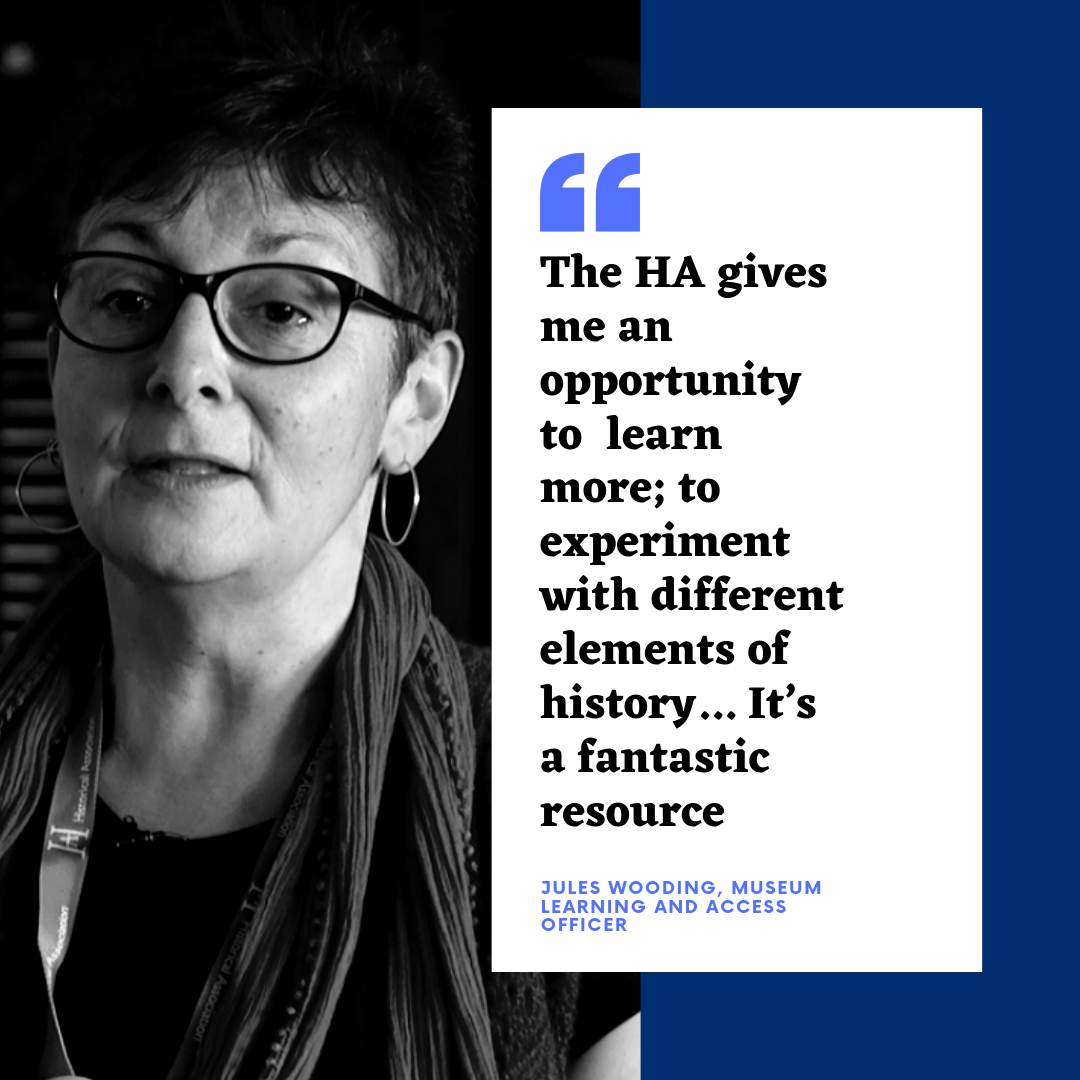The Vikings in Britain: a brief history
Reference guide for primary

Viking Age | In Britain: background | Short history | King Alfred | Later raids & rulers | Key concepts
| <
This resource is free for everyone |
|
For access to hundreds of other high-quality resources by primary history experts along with free or discounted CPD and membership of a thriving community of teachers and subject leaders, join the Historical Association today
 |
The Viking Age
The Vikings' homeland was Scandinavia: modern Norway, Sweden and Denmark. From here they travelled great distances, mainly by sea and river – as far as North America to the west, Russia to the east, Lapland to the north and the Mediterranean World (Constantinople) and Iraq (Baghdad) to the south.
We know about them through archaeology, poetry, sagas and proverbs, treaties, and the writings of people in Europe and Asia whom they encountered. They left very little written evidence themselves. As well as warriors, they were skilled craftsmen and boat-builders, adventurous explorers and wide-ranging traders. See Viking trade and Viking travel.
What we call the Viking Age, and their relationship with England, lasted from approximately 800 to 1150 AD – though Scandinavian adventurers, merchants and mercenaries were of course active before and after this period. Their expansion during the Viking Age took the form of warfare, exploration, settlement and trade.
During this period, around 200,000 people left Scandinavia to settle in other lands, mainly Newfoundland (Canada), Greenland, Iceland, Ireland, England, Scotland, the islands around Britain, France (where they became the Normans), Russia and Sicily. They traded extensively with the Muslim world and fought as mercenaries for the Byzantine emperors of Constantinople (Istanbul). However, by the end of the 11th century the great days of Viking expansion were over.
Vikings in Britain: background and legacy
Historians disagree about the origin of the word Viking. In Old Norse the word means a pirate raid, from either vikja (to move swiftly) or vik (an inlet). This captures the essence of the Vikings, fast-moving sailors who used the water as their highway to take them across the northern Atlantic, around the coasts of Europe and up its rivers to trade, raid or settle. In their poetry they call the sea 'the whale road'.
Anglo-Saxon writers called them Danes, Norsemen, Northmen, the Great Army, sea rovers, sea wolves, or the heathen.
From around 860AD onwards, Vikings stayed, settled and prospered in Britain, becoming part of the mix of people who today make up the British nation. Our names for days of the week come mainly from Norse gods – Tuesday from Tiw or Týr, Wednesday from Woden (Odin), Thursday from Thor and so on. Many of their other words have also become part of English, for example egg, steak, law, die, bread, down, fog, muck, lump and scrawny.
To see questions children have asked about the Vikings, see our Viking starter lesson.
A short history of the Vikings in Britain
In 793 came the first recorded Viking raid, where 'on the Ides of June the harrying of the heathen destroyed God's church on Lindisfarne, bringing ruin and slaughter' (The Anglo-Saxon Chronicle).
These ruthless pirates continued to make regular raids around the coasts of England, looting treasure and other goods, and capturing people as slaves. Monasteries were often targeted, for their precious silver or gold chalices, plates, bowls and crucifixes.
Gradually, the Viking raiders began to stay, first in winter camps, then settling in land they had seized, mainly in the east and north of England. See The Vikings settle down.
Outside Anglo-Saxon England, to the north of Britain, the Vikings took over and settled Iceland, the Faroes and Orkney, becoming farmers and fishermen, and sometimes going on summer trading or raiding voyages. Orkney became powerful, and from there the Earls of Orkney ruled most of Scotland. To this day, especially on the north-east coast, many Scots still bear Viking names.
To the west of Britain, the Isle of Man became a Viking kingdom. The island still has its Tynwald, or ting-vollr (assembly field), a reminder of Viking rule. In Ireland, the Vikings raided around the coasts and up the rivers. They founded the cities of Dublin, Cork and Limerick as Viking strongholds.
Meanwhile, back in England, the Vikings took over Northumbria, East Anglia and parts of Mercia. In 866 they captured modern York (Viking name: Jorvik) and made it their capital. They continued to press south and west. The kings of Mercia and Wessex resisted as best they could, but with little success until the time of Alfred of Wessex, the only king of England to be called ‘the Great'.
King Alfred and the Danes
King Alfred ruled from 871-899 and after many trials and tribulations (including the famous story of the burning of the cakes!) he defeated the Vikings at the Battle of Edington in 878. After the battle the Viking leader Guthrum converted to Christianity. In 886 Alfred took London from the Vikings and fortified it. The same year he signed a treaty with Guthrum. The treaty partitioned England between Vikings and English. The Viking territory became known as the Danelaw. It comprised the north-west, the north-east and east of England. Here, people would be subject to Danish laws. Alfred became king of the rest.
Alfred's grandson, Athelstan, became the first true King of England. He led an English victory over the Vikings at the Battle of Brunaburh in 937, and his kingdom for the first time included the Danelaw. In 954, Eirik Bloodaxe, the last Viking king of York, was killed and his kingdom was taken over by English earls. See Egils Saga.
Later Viking raids and rulers
However, the Viking raiding did not stop – different Viking bands made regular raiding voyages around the coasts of Britain for over 300 years after 793. In 991, during the reign of Æthelred 'the Unready' ('ill-advised'), Olaf Tryggvason's Viking raiding party defeated the Anglo-Saxon defenders (recorded in the poem The Battle of Maldon), with Æthelred responding by paying 'Danegeld' in an attempt to buy off the Vikings.
So the Vikings were not permanently defeated – England was to have four Viking kings between 1013 and 1042. The greatest of these was King Cnut, who was king of Denmark as well as of England. A Christian, he did not force the English to obey Danish law; instead he recognised Anglo-Saxon law and customs. He worked to create a north Atlantic empire that united Scandinavia and Britain. Unfortunately, he died at the age of 39, and his sons had short, troubled reigns.
The final Viking invasion of England came in 1066, when Harald Hardrada sailed up the River Humber and marched to Stamford Bridge with his men. His battle banner was called Land-waster. The English king, Harold Godwinson, marched north with his army and defeated Hardrada in a long and bloody battle. The English had repelled the last invasion from Scandinavia.
However, immediately after the battle, King Harold heard that William of Normandy had landed in Kent with yet another invading army. With no time to rest, Harold's army marched swiftly back south to meet this new threat. The exhausted English army fought the Normans at the Battle of Hastings on 14th October, 1066. At the end of a long day's fighting the Normans had won, King Harold was dead, and William was the new king of England.
The irony is that William was of Viking descent: his great-great-great-grandfather Rollo was a Viking who in 911 had invaded Normandy in northern France. His people had become French over time, but in one sense this final successful invasion of England was another Viking one.
Vikings: key concepts
- Viking
- Raiding
- Invasion
- Settlement
- Danelaw

